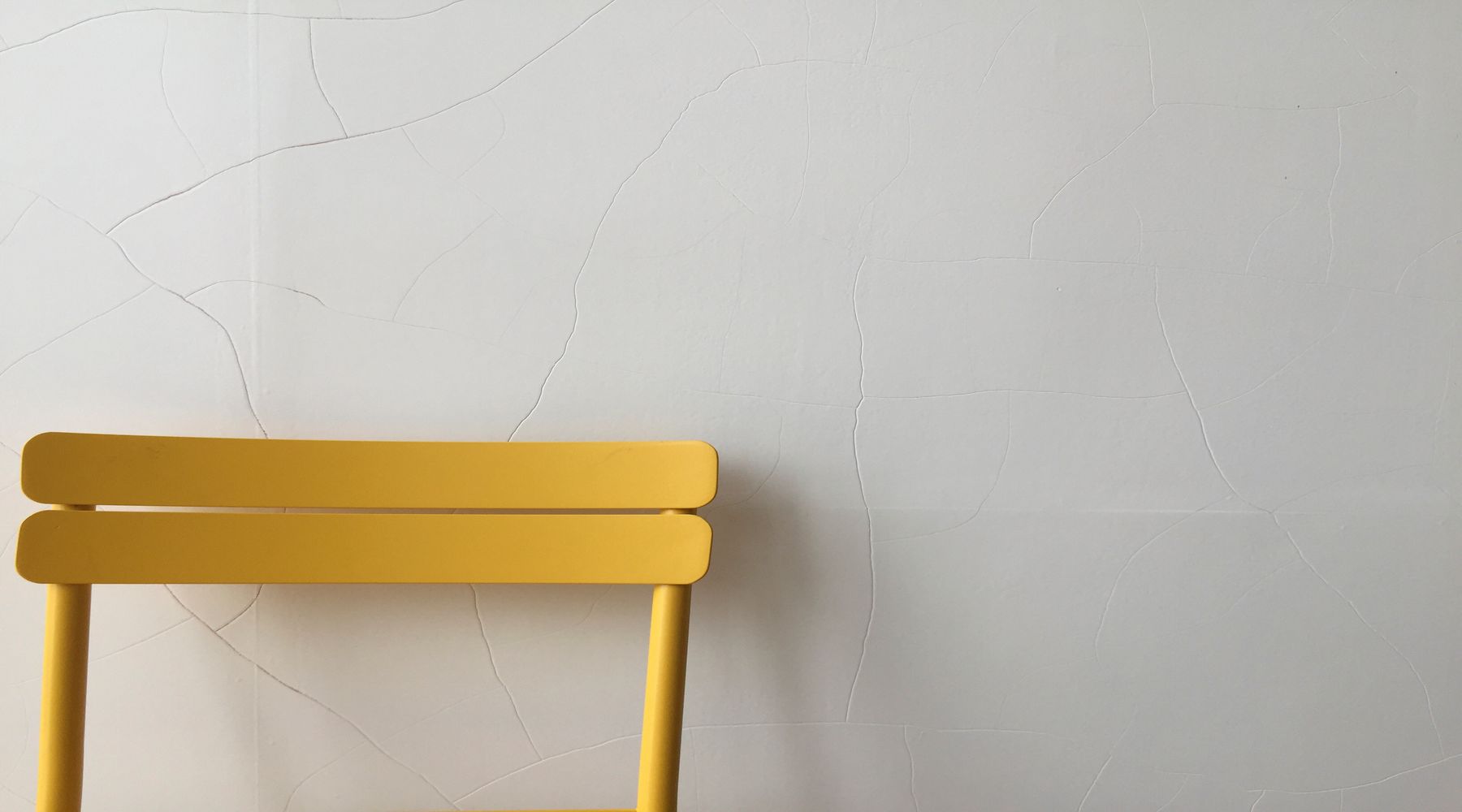There's nothing worse than discovering ugly scratches, scuffs, and marks on your walls from chair backs and furniture. Fortunately, with some simple preventative steps, you can keep walls looking pristine and protect them from chair-inflicted damage.
In this comprehensive guide, we’ll explore smart techniques to safeguard your walls from chair markings. Follow these tips to maintain flawless walls while enjoying functional furniture placement.
How Chairs and Furniture Damage Walls
Before covering proactive solutions, let’s look at how chairbacks and other furniture lead to wall flaws:
- Scuffing - Dragging furniture across floors creates abrasions on wall baseboards and lower wall areas.
- Scratching - Exposed wood, metal framework, or decorative trim on furniture can gouge walls upon impact.
- Rubbing - Repeated friction against walls from being too close eventually damages the paint or wallpaper finish.
- Dirt Transfer - Furniture pressed against walls picks up dirt and deposits it onto the wall over time, leaving smudges.
- Grease Marks - Hair oils and grease on chairs transfer onto light-painted walls upon contact, creating yellowish stains.
Any furniture item pressed flush against a wall risks damaging it. But chairs cause the most grief, since people rock back on them constantly. Now let’s get into proactive solutions.
Effective Ways to Protect Walls from Chairs
Here are some of the top methods to keep walls spotless and damage-free, even with furniture nearby:
Use Chair Rail Trim
Installing wood or molded vinyl chair rail trim at an appropriate height on walls easily prevents chair damage. The trim takes the brunt of the chair's back impact instead of the wall itself. Chair rail trim looks classic while safeguarding walls.
Add Corner Guards
Self-adhesive corner guards on vulnerable wall corners keep them from being nicked or gouged when furniture shifts. Clear guards are discreet while still protecting the edges. Guards also defended high-traffic hallways.
Install Wall Bumpers
Strategically placed rubber wall bumpers stop chairs from touching walls. Bumpers act like buffer pads to cushion contact. Position them at a typical chair's back height or wherever furniture may bang into the walls.
Use Furniture Wall Pads
For heavy furniture like dressers, use adhesive-backed felt pads to prevent wall scratches and smudges while still allowing furniture to sit flush. Pads slightly lift items off the wall for protection.
Rearrange Layout
If possible, keep all furniture pieces a few inches from walls to prevent rubbing damage entirely. Having breathing room allows you to easily clean behind items too.
Get Creative With Furniture Placement
Place a console table, bookcase, or floating shelf behind furniture expected to touch walls. This creates a barrier between chairs and walls but looks cohesive.
Use Wall Decor Strategically
Hang art, prints, tapestries, or murals on commonly damaged areas to conceal any existing flaws. Then add preventative bumpers to keep chair backs from further spoiling the wall under the decor.
With thoughtful design choices and defensive accessories, you can really have damage-free walls even with furniture resting against them. Next, let’s glance at some quick maintenance tips.
Ongoing Maintenance for Protected Walls
To augment your wall protection methods, be sure to:
- Periodically check for potential damage behind furniture and address it quickly before it worsens
- Use nail guards on any hanging artwork to prevent holes from forming behind them
- Dust behind furniture since dirt buildup leads to smudges on lighter wall colors
- Use painter’s tape to seal edges along baseboards and trim before painting to avoid splatters
- Spot clean any marks immediately using proper cleaning methods for the wall finish
- Test cleaning products in inconspicuous areas first to confirm they don’t damage finishes
With vigilance and the right tactics, you can really have impervious walls that stay pristine despite active households. Never let chair marks detract from your beautiful decor again!

